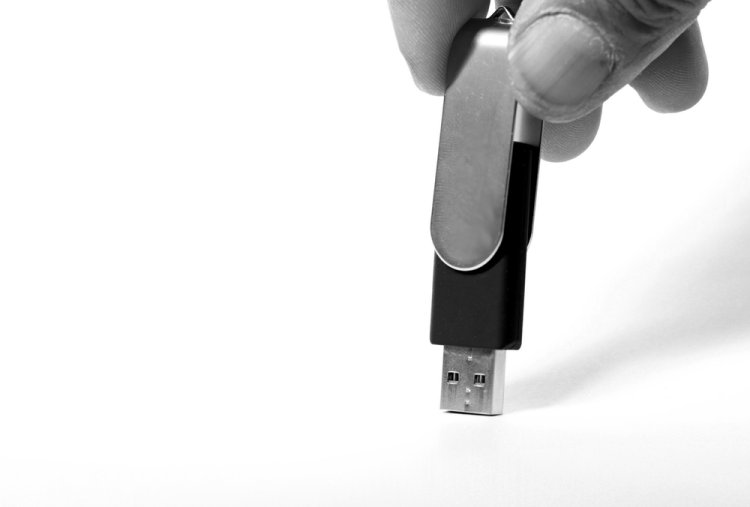Best Flash Memory: Top Choices for IT & Computer Hardware
Discover the best flash memory for IT hardware and computer hardware. Learn about storage options, speed, reliability, and the best brands for performance.

Flash memory plays a critical role in modern IT hardware, providing high-speed data storage solutions for computers, servers, and other digital devices. It is a non-volatile memory type, meaning it retains stored data even when powered off. From USB drives to SSDs, the best flash memory solutions offer enhanced performance, reliability, and longevity.
Understanding Flash Memory Technology
Flash memory operates using NAND and NOR logic gates. NAND flash is widely used in SSDs, USB drives, and memory cards due to its affordability and efficiency. NOR flash, on the other hand, provides faster read times and is commonly used in firmware storage and embedded systems.
Key Features of the Best Flash Memory:
-
Speed: Higher read/write speeds improve performance for gaming, data transfer, and application loading.
-
Durability: Shock-resistant and capable of enduring multiple read/write cycles.
-
Storage Capacity: Available in sizes ranging from a few gigabytes to multiple terabytes.
-
Reliability: Features like wear leveling and error correction ensure data integrity over time.
Types of Flash Memory in Computer Hardware
1. Solid State Drives (SSDs)
SSDs have revolutionized data storage in computer hardware, offering faster boot times and improved data access speeds compared to traditional hard drives. Popular SSD types include:
-
SATA SSDs: Ideal for upgrading older laptops and desktops.
-
NVMe SSDs: Ultra-fast storage with low latency, perfect for gaming and high-performance applications.
-
External SSDs: Portable storage solutions with fast data transfer speeds.
2. USB Flash Drives
USB flash drives remain an essential tool for data storage and transfer. The best flash memory in USB drives features:
-
USB 3.0 & 3.1 compatibility for faster data transfer.
-
Compact and portable design for on-the-go convenience.
-
High durability for long-lasting usage.
3. Memory Cards (SD & microSD)
Memory cards are widely used in cameras, smartphones, and IoT devices. High-end SD and microSD cards offer:
-
UHS-I & UHS-II speed classes for fast read/write operations.
-
High storage capacity for 4K video recording and large data files.
-
Water, shock, and temperature resistance for durability.
4. Embedded Flash Memory
Embedded flash memory is commonly used in industrial applications and consumer electronics. Types include:
-
eMMC (Embedded MultiMediaCard): Used in budget smartphones and tablets.
-
UFS (Universal Flash Storage): Provides faster speeds for high-end mobile devices.
Choosing the Best Flash Memory for IT Hardware
Selecting the right flash memory depends on your specific needs, including performance, endurance, and compatibility. Consider these factors:
-
Purpose: Are you using it for everyday storage, gaming, or enterprise applications?
-
Speed Requirements: NVMe SSDs are best for high-performance computing, while USB drives are ideal for quick file transfers.
-
Budget: SSDs and premium memory cards are more expensive but offer better reliability and speed.
-
Brand Reputation: Top brands like Samsung, Western Digital, SanDisk, and Kingston provide high-quality flash memory.
Benefits of Using High-Quality Flash Memory in Computer Hardware
Faster Performance
With SSDs and NVMe drives, computers boot up faster, applications load quickly, and data transfers are seamless.
Improved Reliability
Flash memory is resistant to physical damage and has no moving parts, reducing the risk of mechanical failure.
Energy Efficiency
Compared to traditional hard drives, flash memory consumes less power, leading to longer battery life for laptops and mobile devices.
Portability and Convenience
USB flash drives and memory cards offer compact storage solutions that are easy to carry and use across multiple devices.
Future Trends in Flash Memory Technology
With continuous advancements in IT hardware, flash memory technology is evolving rapidly. Some emerging trends include:
-
3D NAND Technology: Increases storage density and improves performance.
-
PCIe 5.0 SSDs: Offering unprecedented speeds for gaming and enterprise applications.
-
AI-Optimized Flash Storage: Enhancing data management and predictive maintenance.
-
Higher Storage Capacities: Future SSDs may exceed 100TB, catering to growing data demands.
Conclusion
The best flash memory enhances IT hardware performance, providing fast, reliable, and energy-efficient storage solutions. Whether you need a high-speed SSD, a portable USB drive, or a high-capacity memory card, choosing quality flash memory is essential for optimal computer hardware functionality. As technology advances, investing in cutting-edge flash storage solutions ensures better performance and long-term reliability for all your digital storage needs.
What's Your Reaction?

















